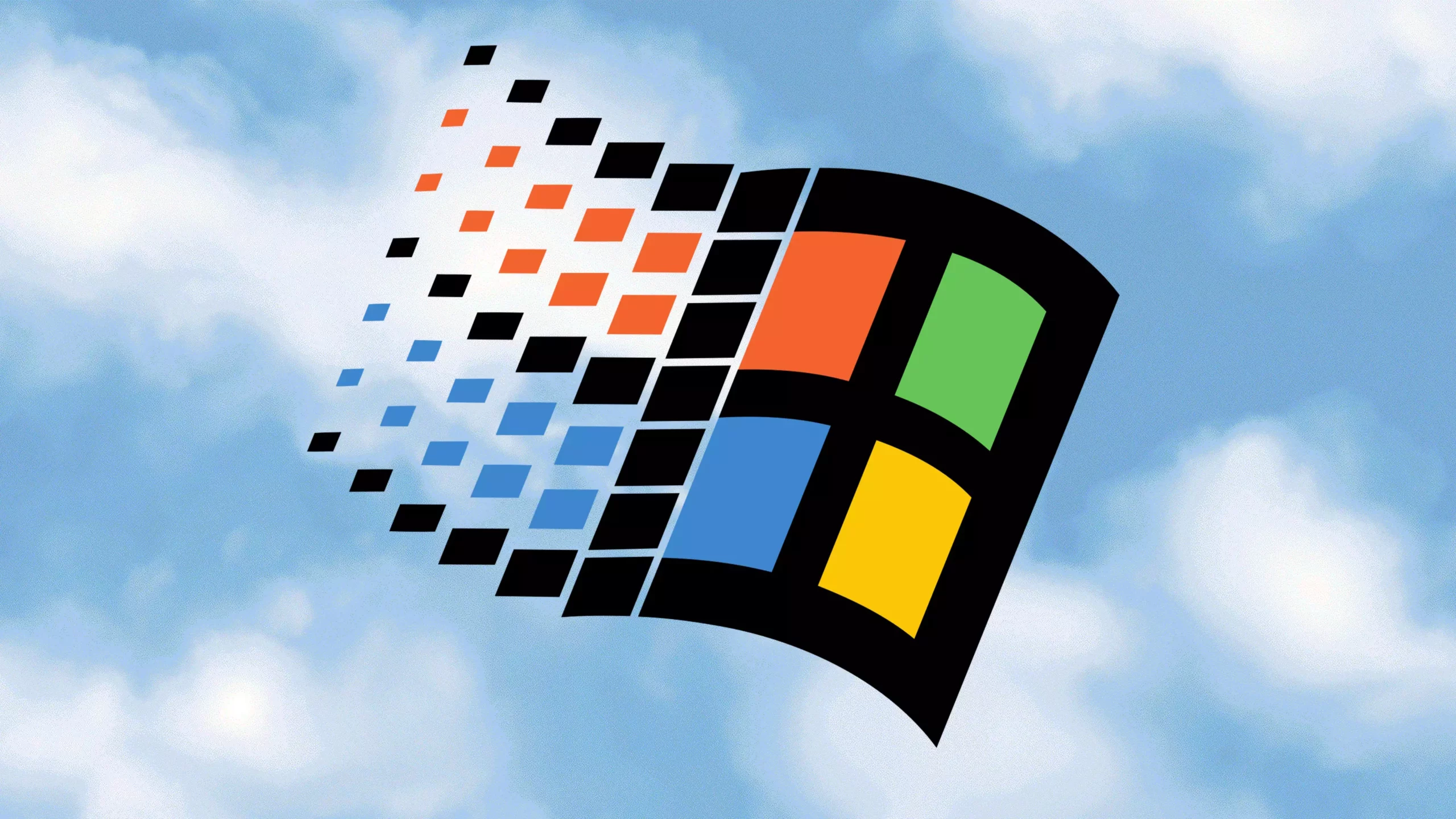In an age where gaming and operating systems are continually evolving, an audacious modder undertook a project that is nothing short of a digital anachronism. The objective? Install Windows 95 on a PlayStation 2 (PS2), a gaming console released over two decades ago. This unconventional combination has not only piqued the curiosity of nostalgia-driven gamers but also sparked discussions about what retro computing can achieve in a modern context. While most enthusiasts are focused on emulating legacy consoles on contemporary PCs, this bold move flips the script by transforming the PS2 into a rudimentary PC.
What makes this project particularly compelling is the choice of both the operating system and the hardware. Windows 95, a landmark operating system, revolutionized personal computing with its graphical interface, yet feels archaic by today’s standards. The PS2, meanwhile, was a groundbreaking console for its time, capable of rendering complex 3D graphics and engaging gameplay. Combining these two elements yields a fascinating exploration of hardware limits and the versatility of technology.
The Technical Underdog: Challenges Faced
At the heart of this experiment is a formidable obstacle: architecture incompatibility. Windows 95 is designed for x86 architecture, while the PS2’s hardware is powered by a MIPS processor. Recognizing this foundational issue, the modder from the YouTube channel MetraByte embarked on a herculean task to build an x86 emulator capable of running Windows 95 on the console. The implications of this initial hurdle cannot be overstated; it showcases the ingenuity required to reconcile differing technological frameworks.
MetraByte’s journey is not merely a technical tutorial but a comedic saga designated to elicit laughter and empathy. The trials of getting essential peripherals—like a mouse—to function during the installation process were met with hilarious twists, sending the modder on an emotional rollercoaster. This narrative reflects the essence of retro computing: persistence, humor, and a deep-seated appreciation for the quirks of older technology.
The Quest for Nostalgia: Your Childhood Favorites on a Console
The ultimate goal of this entire endeavor was simple: to enjoy classic gaming experiences on a novel platform. One program that stood out in the list of needs was none other than Doom, the iconic first-person shooter that defined a generation. Aiming to recreate that nostalgic exhilaration, MetraByte faced the reality that Doom was designed with a keyboard and mouse interface in mind. It became evident that unless these input devices cooperated, the enjoyment of freed-up gameplay would remain a dream.
While the PS2’s acceptance of a gamepad was an encouraging sign, it still fell short of delivering the nostalgic experience that players sought. The ongoing mouse issues highlighted an overarching theme of retro computing projects— the heart-tugging tug-of-war between nostalgia and feasibility. As much as we cherish the past, the reality of modern technological demands can sometimes overshadow our fondest memories.
More than Just a Hack: Reflections on the Community
Interestingly, this endeavor reflects a broader cultural phenomenon within the gaming community— the blending of old and new technologies as a means of exploring gaming history. While individuals might view this as a futile exercise, it is a unique journey through a shared history. Hackers, modders, and retro enthusiasts connect over their love for classic games, rediscovering old interactions, hardware failures, and the sheer joy of experimentation.
Moreover, projects like this serve to remind us that gaming is not just a pastime; it’s an ever-evolving form of art that invites us to explore, innovate, and push boundaries. Although MetraByte’s journey might provide comedy through trials, it ultimately asks why we should leap through proverbial hoops to recreate the past. In this battle against technology and nostalgia, the winners are those bold enough to reinvent and celebrate our collective gaming history.
The audacity of running Windows 95 on a console designed for games speaks volumes about the human spirit’s desire to reconcile our past with the present. In an era dominated by sleek interfaces and hyper-realistic graphics, perhaps it is time to pay homage to our roots, welcoming the joyful chaos that arises when we take risks with technology.

